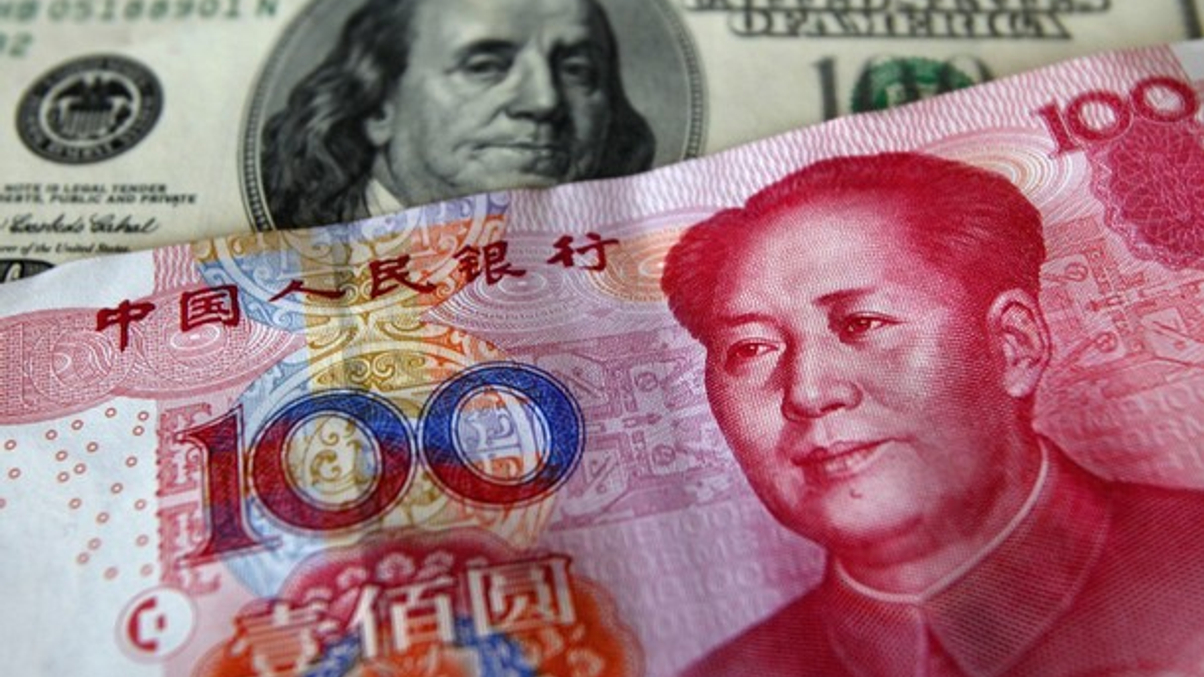Market Views: How low could the renminbi go?
Down about 9% against the dollar since April but trading between Rmb6.80 and Rmb6.90 over the past two months, what next for the renminbi? We asked six experts for their views.

China’s currency has taken a hit this year, at times depreciating at its fastest rate since the China Foreign Exchange Trade System (Cfets) was created in the mid-1990s.
Sign in to read on!
Registered users get 2 free articles in 30 days.
Subscribers have full unlimited access to AsianInvestor
Not signed up? New users get 2 free articles per month, plus a 7-day unlimited free trial.
¬ Haymarket Media Limited. All rights reserved.


